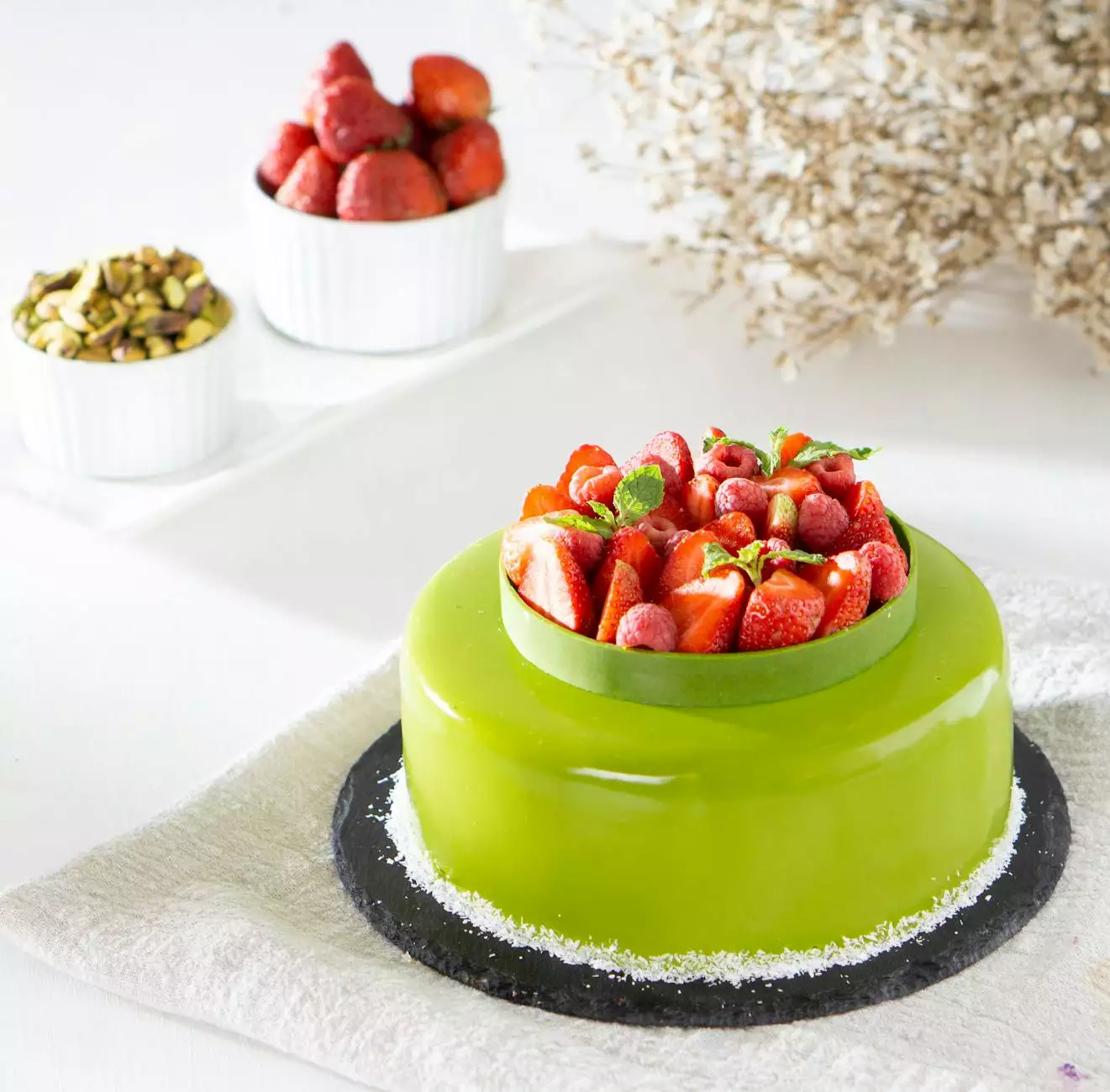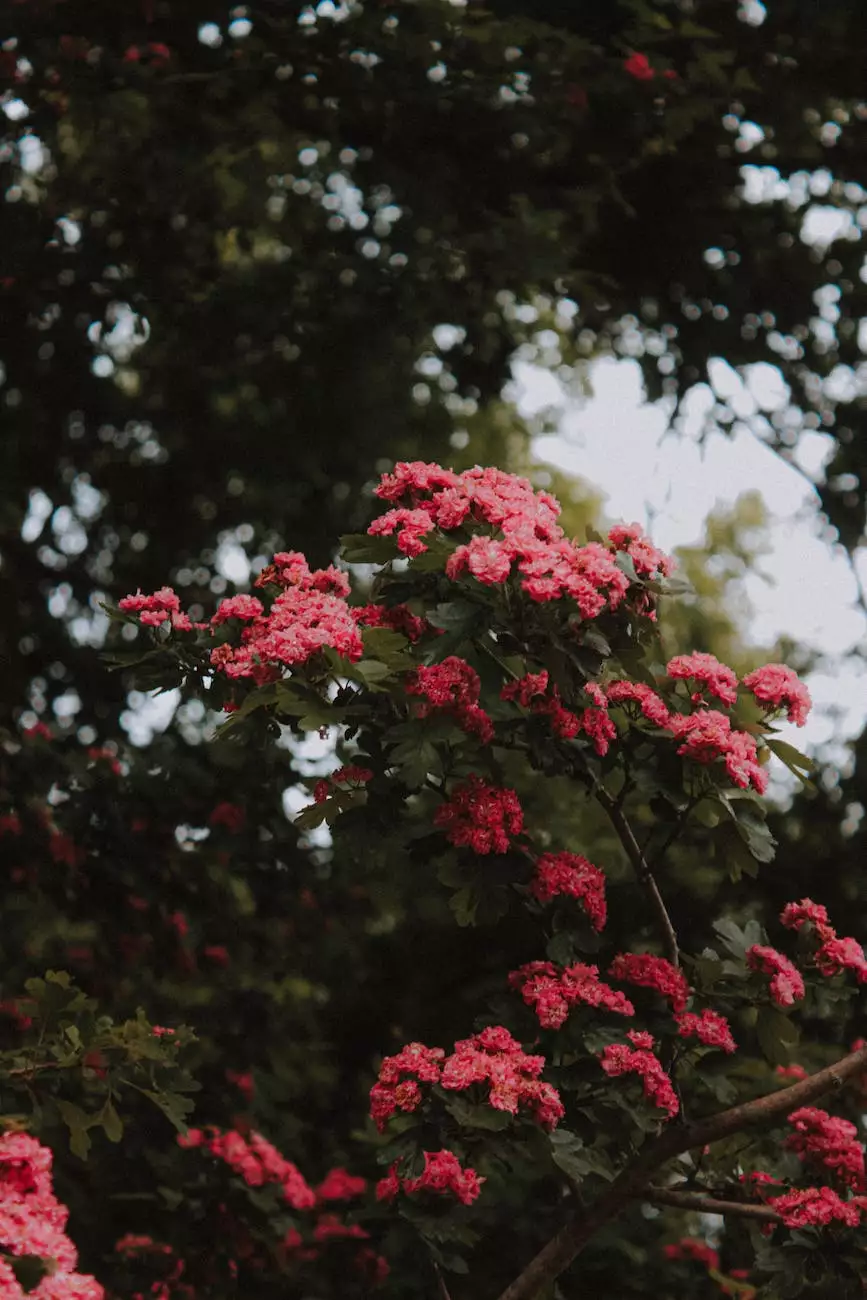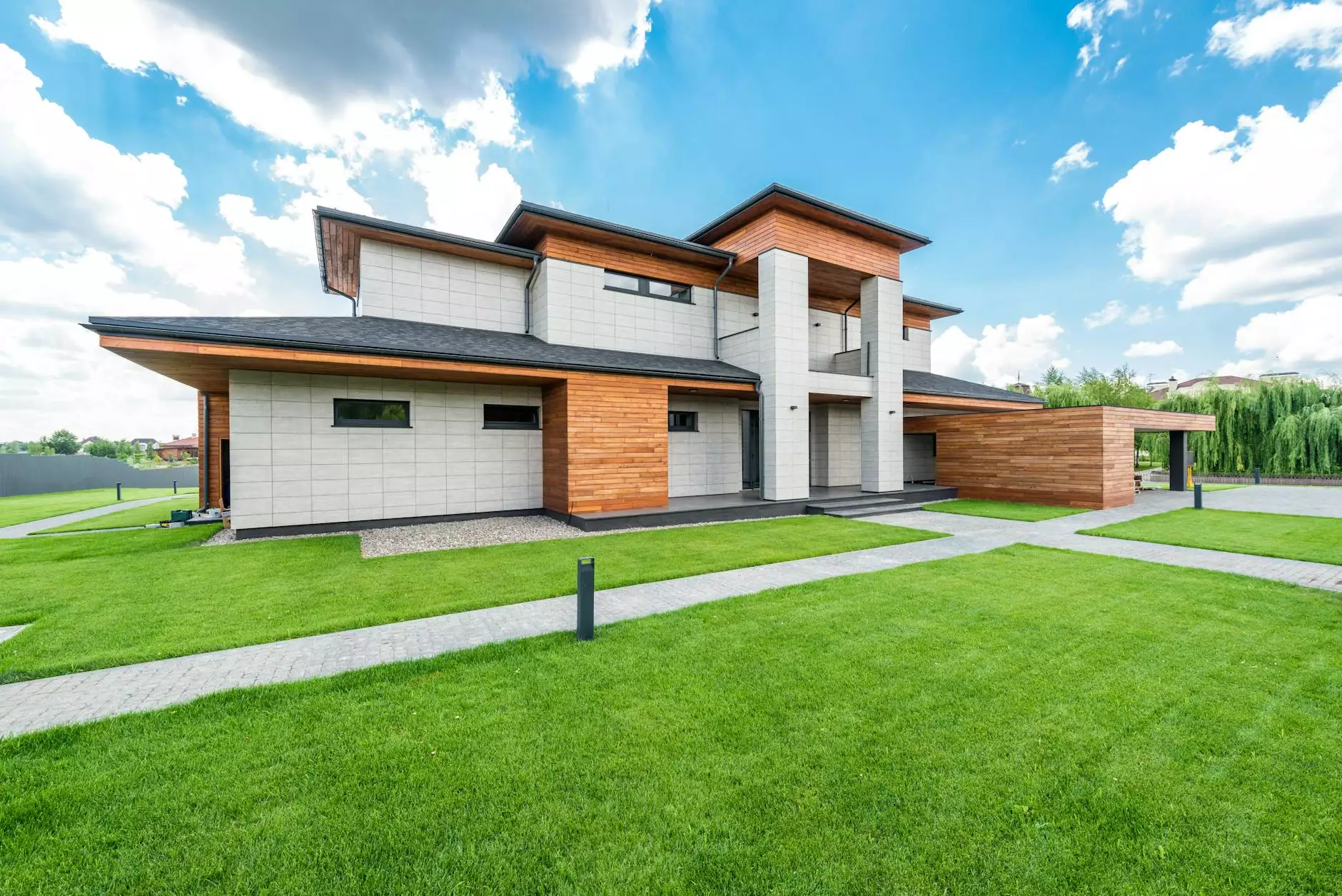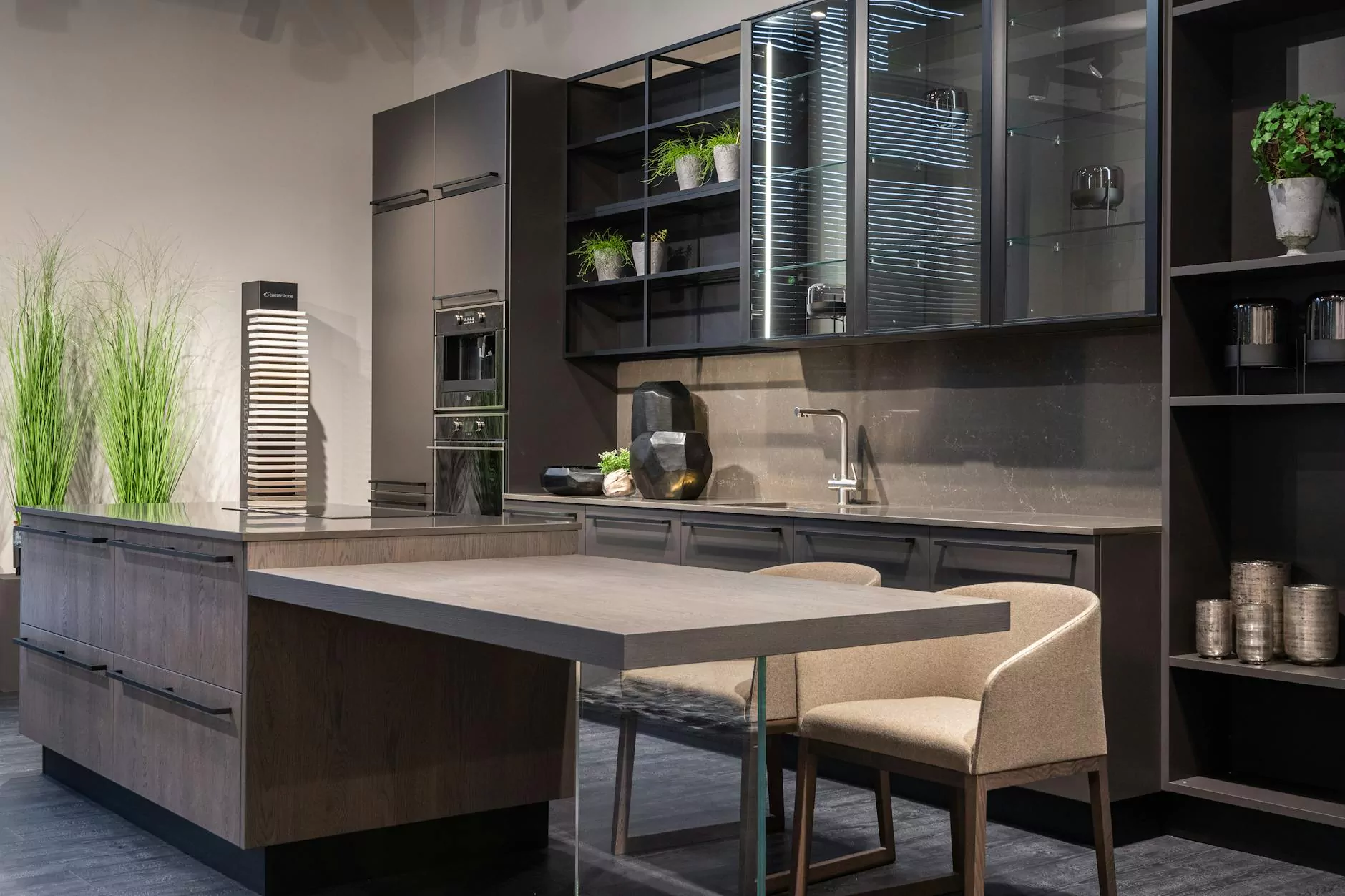How to Pair Perfect Plant Color Combos
Landscape Design
Introduction
Welcome to Bryant Equipment Company, your premier resource for expert tips and advice on all things related to garden design.
Creating a Stunning Outdoor Space
Designing an unforgettable outdoor space starts with carefully selecting the right plant color combinations. The colors you choose can set the mood, evoke emotions, and create an inviting atmosphere. Here at Bryant Equipment Company, we believe that a well-planned garden can bring joy and beauty to your everyday life. Let us guide you through the process of pairing perfect plant color combos to elevate your garden to new heights.
Understanding Color Theory
Before we dive into the world of plant color combinations, it's essential to understand the basics of color theory. Color theory explains how different colors interact and complement each other in various contexts. This knowledge will help you create harmonious and visually appealing combinations.
Complementary Color Combinations
One popular approach to pairing plant colors is using complementary color combinations. Complementary colors are hues that sit opposite each other on the color wheel. For instance, combining purple flowers with yellow foliage creates a striking contrast that catches the eye. Experiment with different combinations such as red and green, orange and blue, or pink and teal to find the perfect balance for your garden.
Analogous Color Combinations
Analogous color combinations involve selecting colors that are adjacent to each other on the color wheel. This creates a more harmonious and soothing effect. For example, combining various shades of blue, purple, and pink can evoke a sense of tranquility and serenity in your garden. Consider selecting plants with similar undertones to create a unified and cohesive look.
Monochromatic Color Combinations
If you prefer a more subdued and sophisticated look, monochromatic color combinations are a perfect choice. Monochromatic schemes use variations of a single color to create a cohesive palette. For instance, combining different shades of green, from lime to emerald, can create depth and interest in your garden. Add texture by varying leaf sizes and shapes to make the monochromatic palette even more visually appealing.
Contrasting Color Combinations
Contrasting color combinations involve pairing colors that are dramatically different, creating a bold and impactful statement. For example, combining fiery red flowers with deep purple foliage can create a captivating and vibrant garden display. Contrast can bring energy and excitement to your outdoor space, so don't be afraid to experiment with bold combinations like orange and black or yellow and dark green.
Tips for Successful Plant Color Combos
- Consider the surroundings: Take into account the existing colors in your garden, such as hardscape elements or adjacent buildings. Ensure your plant color combinations complement and enhance the overall aesthetic.
- Think about seasonal changes: Different plants bloom during different seasons, so consider how your chosen colors will evolve throughout the year. Plan for a succession of blooming flowers to keep your garden visually appealing all year round.
- Play with textures: Combining plants with different leaf textures and shapes adds visual interest to your garden. Mix delicate foliage with spiky leaves or glossy surfaces with a matte finish to create a dynamic and captivating display.
- Consider plant height: Varying the height of your plants adds dimension to your garden. Create layers by combining tall flowers with low ground cover to give your garden depth and visual intrigue.
Conclusion
Designing the perfect plant color combos is an art that requires careful consideration and planning. By understanding color theory and exploring different combinations, you can create a breathtaking garden that reflects your unique style. At Bryant Equipment Company, we are passionate about helping you transform your outdoor space into a beautiful oasis. Explore our resources and let us guide you on the journey to creating the perfect plant color combinations for your garden.



